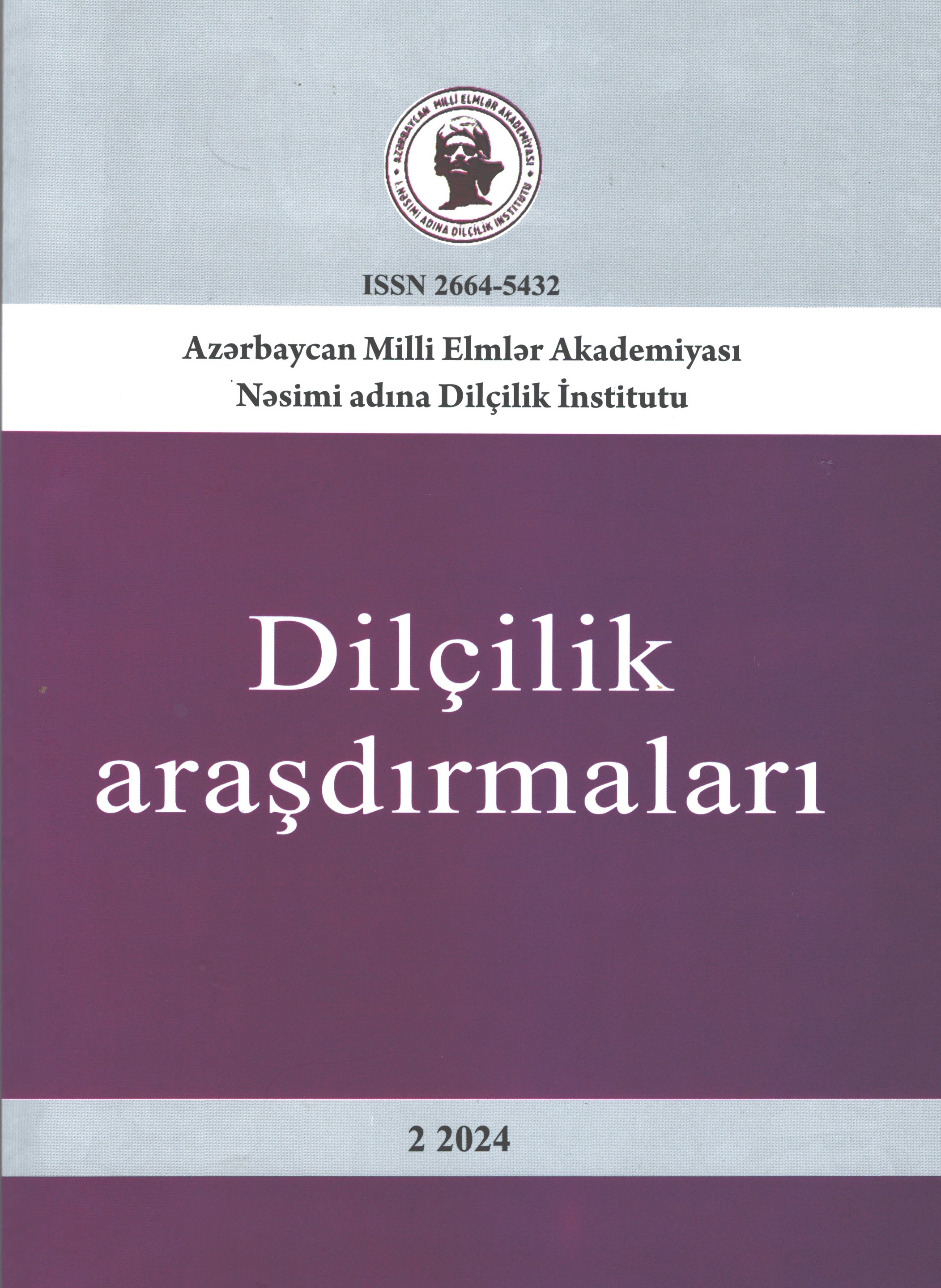DİRECTİONS OF STUDYİNG SYNTACTİC PARALELLİSM FROM THE SECOND HALF OF THE 20th CENTURY
Keywords:
Folklore, syntactic parallelism, style, rhythm, lyricismAbstract
The article is devoted to studying the directions of syntactic parallelism in linguistics, based on folklore texts, beginning in the 1960s. During this period, the analysis of syntactic parallelism became an important field in linguistics, and its various aspects were examined. In particular, the article draws on the works of prominent researchers such as T.Kowalski, V.I. Zhirmunsky, A. Akhmatov, A.N. Veselovsky, R. Chapman, F. Keller, Allen, and others. Based on the studies of these scholars, the formation, developmental directions, and functional features of syntactic parallelism in folklore texts were analyzed.
Studies on the significance of syntactic parallelism in folklore texts have thoroughly examined the unique features of Turkic poetry (folklore). These features include the emotional impact generated during the recitation of poetry, the delivery of rhythm to the audience, and the role of rhythm in the overall structure of folklore language. At the same time, these studies have provided detailed insights into the types of syntactic parallelism, the characteristics of parallel structures, their usage in poetic texts, and the mechanisms through which folklore influences language.
Additionally, some researchers have emphasized that syntactic parallelism is not confined to folklore language alone but also plays an important role in literary language in general. According to them, syntactic parallelism plays a significant role in shaping literary style and enhancing the reader's aesthetic value. Thus, the article summarizes the findingsof studies in this field, examining the applications of syntactic parallelism at various levels and its importance in linguistics.

